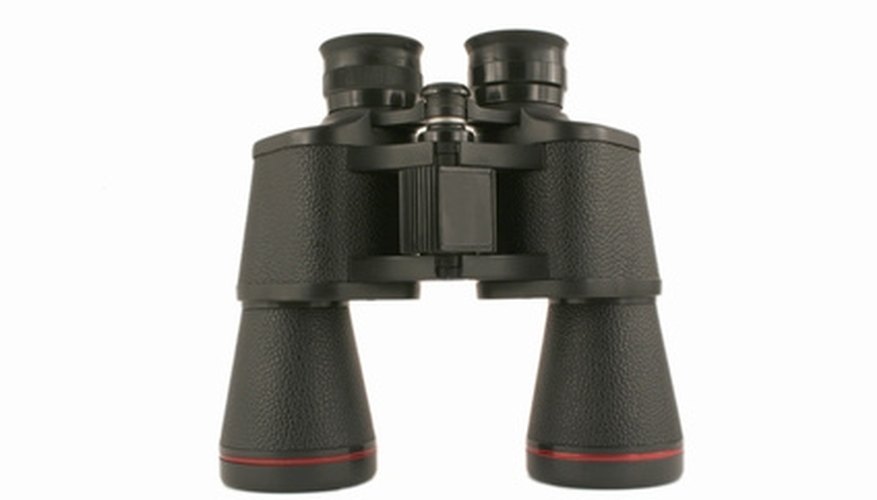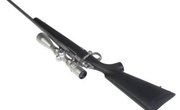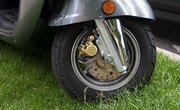
Disassembling binoculars will likely result in the damage or even destruction of the field glasses; you should attempt this procedure only on inexpensive binoculars or those that are already damaged, so you can get the feel of how to do it properly. As you take apart the field glasses, label every part, including from which scope it came (left or right) to aid in the reassembly process. Binoculars include two scopes (or "optics," containing the lenses or "objectives" and prisms) held together by a mounting assembly. Disassemble one scope at a time.
Items you will need
Strap wrench
Spanner wrench
Jeweler's straight slot screwdriver
Gently turn the external guard ring (the outermost ring on the forward-facing part of the binoculars) in a counterclockwise motion and remove it (all rings will come free in a counterclockwise motion). If the ring does not turn by hand, use a strap wrench (as you would to remove an oil filter from a car).
Unscrew the retaining ring from the front of the objective housing (the second ring behind the guard ring) using a spanner wrench.
Remove the objective ring (the notched ring located behind the retaining ring within the objective cell; this manages the motion of the forward lens) with a jeweler's straight slot screwdriver; this should free the objective cell (which is 1 1/2 to 2 inches long, depending on the power of the binoculars) so you can remove it as well.
Hold the objective cell in one hand and unscrew the objective bell housing from the front of the unit (this may also require the use of a strap wrench).
Repeat this process for the other scope.
Warnings
- Use great care when taking the field glasses apart so you do not warp any of the rings or mar the lens glass.
- When removing the rings, always grip the body of the scope from which you are removing the rings, or you may damage the mounting assembly and misalign the lenses.
Tips
- This is not a complete disassembly; however, it will allow the safe cleaning of the lenses and prisms as well as the lubrication of the moving parts. The eyepieces unscrew from the scope housings in a counterclockwise motion as well (unscrew by hand), allowing access to the interior surfaces of the eyepiece lenses for cleaning, as well as the back side of the prism. Any further disassembly is unnecessary and can lead to complications during reassembly.
References
Tips
- This is not a complete disassembly; however, it will allow the safe cleaning of the lenses and prisms as well as the lubrication of the moving parts. The eyepieces unscrew from the scope housings in a counterclockwise motion as well (unscrew by hand), allowing access to the interior surfaces of the eyepiece lenses for cleaning, as well as the back side of the prism. Any further disassembly is unnecessary and can lead to complications during reassembly.
Warnings
- Use great care when taking the field glasses apart so you do not warp any of the rings or mar the lens glass.
- When removing the rings, always grip the body of the scope from which you are removing the rings, or you may damage the mounting assembly and misalign the lenses.
Writer Bio
Tom Wagner began writing for newspapers and magazines in the L.A. area in 2001. With articles appearing in "California Examiner," "World Reporter," the "Philippine Nurses Monitor" and "Famegate Global News," he currently writes for all three Philippine Media publications in Los Angeles, San Diego and Las Vegas. His articles focus on food, social issues, travel, sight-seeing, humor, general information, politics and medical matters.



